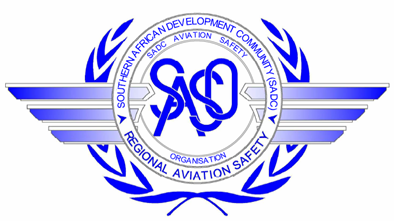All SADC Member States are signatories to the International Civil Aviation Organisation (ICAO) Convention on International Civil Aviation, known more commonly as the ICAO Convention. The ICAO Convention and it's Annexes establish the Standards and Recommended Practices (SARPs) that constitute the minimum level of safety acceptable in international civil aviation.
As Members of ICAO, SADC State Civil Aviation Authorities (CAAs) are obliged to establish a civil aviation regulatory regime that incorporates at least the provisions of the standards found in the Annexes to the ICAO Convention. ICAO Member States may elect to exceed the level of safety prescribed in the Annexes if they wish. Should this be the case, States must file a notification of difference with ICAO explaining the extent of the difference and its rationale.
ICAO Member States are considered to have effective institutional frameworks in aviation safety when they have the ability to implement the eight critical elements of safety oversight, according to ICAO. Critical to this is a State's capacity to develop, promulgate and enforce civil aviation regulations covering the full scope of civil aviation activities within the State. The effectivenes of a CAA's institutional framework is a reflection of this capacity. States must also have the capacity to develop and distribute advisory material in support of regulatory compliance.
As stipulated in Article 7 - Functions of SASO and subject to Article 4.3 under Establishment of SASO, the regulatory functions of the SASO shall include to:
- establish a mandatory incident reporting system on behalf of Member States to facilitate collection of information on actual or potential safety deficiencies;
- establish a Confidential Voluntary Incident Reporting System (CVIRS) on behalf of Member States to facilitate collection of information on actual or potential safety deficiencies that may not be captured by the mandatory incident reporting system;
- support Member States to strengthen their institutional frameworks in aviation safety and assist in the development of a harmonized regulatory regime for the Member States;
- monitor and provide inputs to Member States on the formulation of ICAO SARPs; and
- assist the Member States to meet or comply with ICAO SARPs and national standards or regulations in force;

